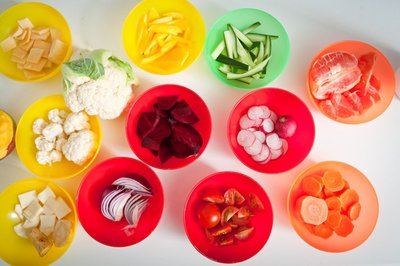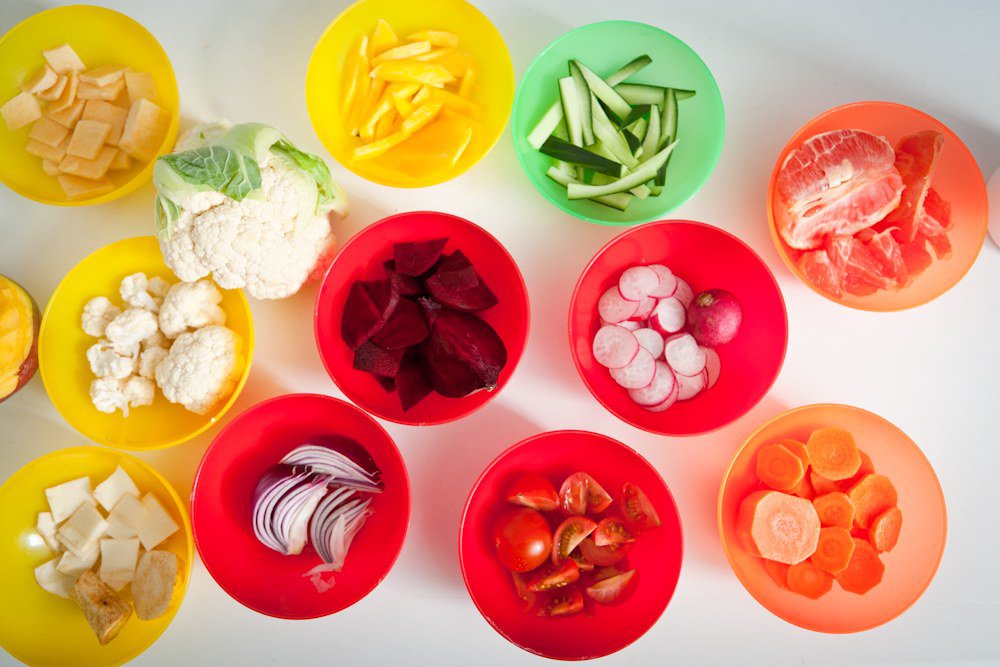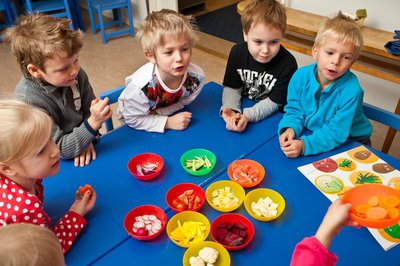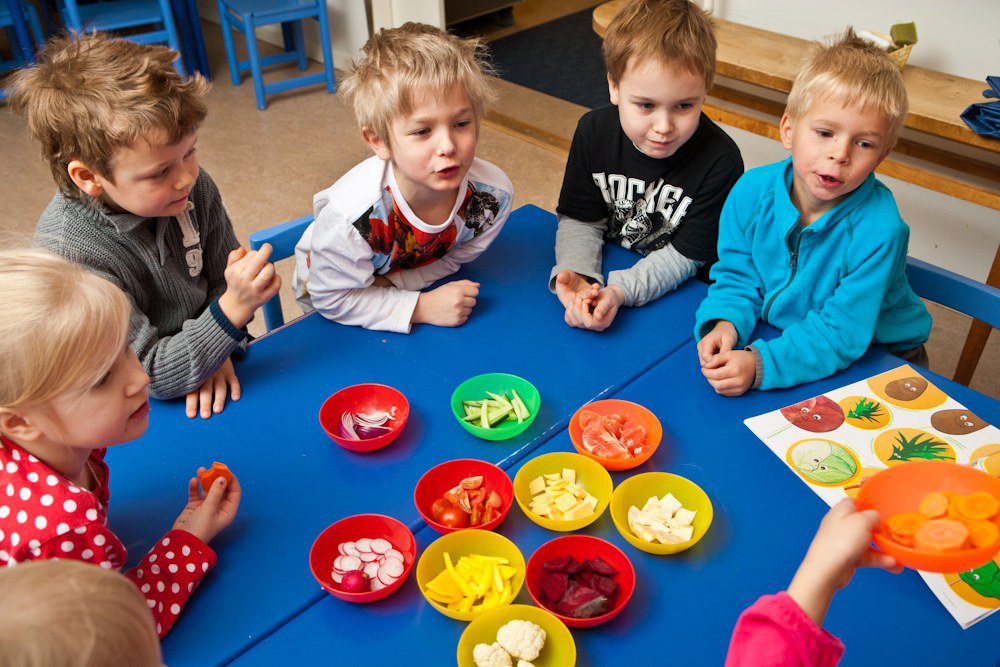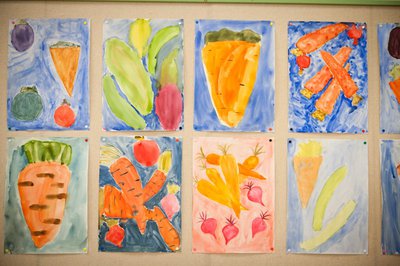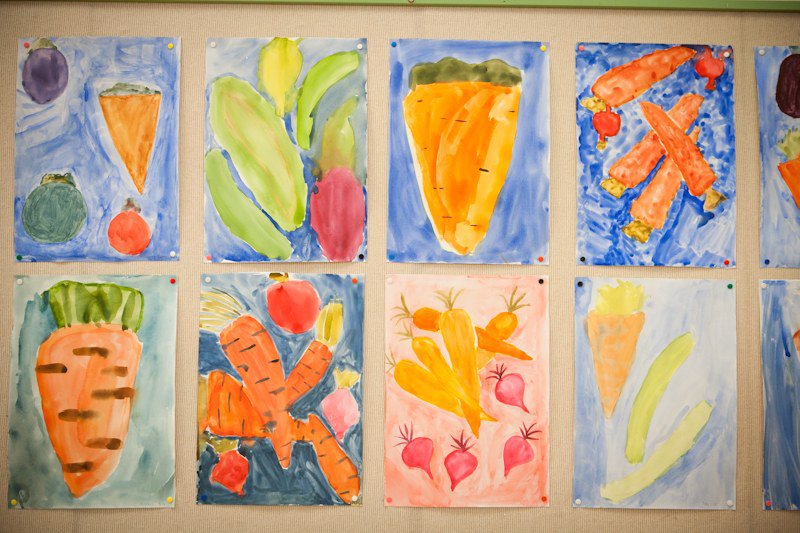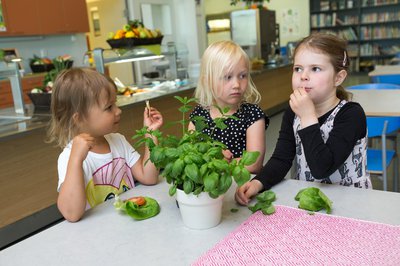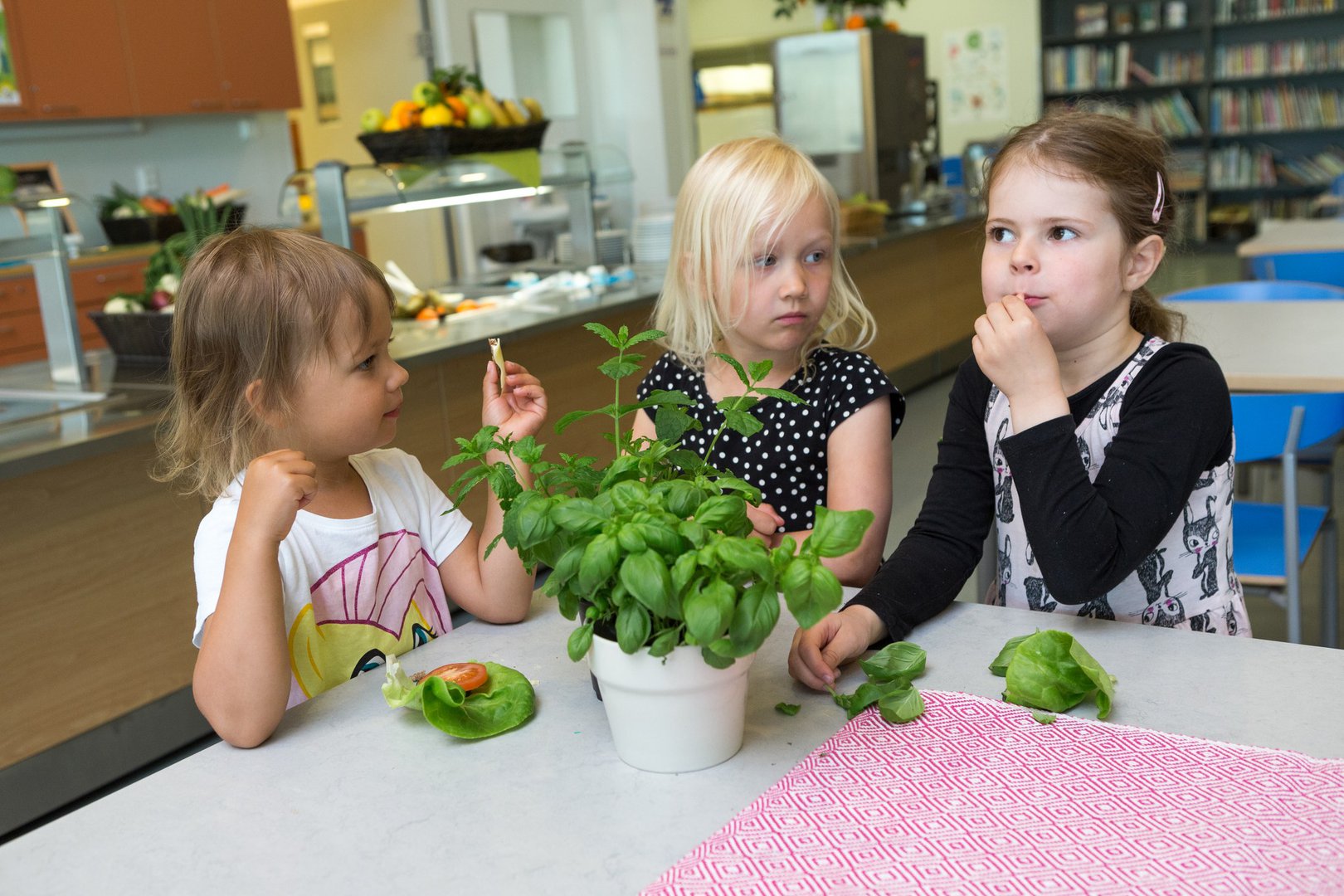Necessary Steps
- Children become acquainted with a variety of fresh, healthy foods through sensory experiences based on vision, touch, smell, taste, and texture in the mouth.
- Creating thematic occasions, such as harvest days and plant exhibitions, enables children to learn about plants, and identify and taste vegetables, fruits and berries through play.
- Introducing vegetable dishes into diets makes plant-based food familiar and easier to accept and enjoy.
- Examples of sensory activities include ‘touching bags’, in which bags of vegetables are identified through touch; ‘scent boxes’, in which different vegetables, concealed in a bag, are identified by smell; and ‘taste plates’, which offer a selection of vegetables to be tasted and named.
- The plant theme can be covered in lessons from different perspectives (writing, visual activities, discussion, crafting, singing, shaping, drawing, etc.).
- Activities like these can be modified based on respective cultures and their important edible plants and vegetarian dishes.
More Issues To Consider
- Allergies to vegetables such as carrots, strawberries, celery, and others need to be considered when preparing the activities.
- Some vegetables, fruit, and berries such as beetroots, potatoes, bell peppers, bananas, and blueberries may stain clothes.
